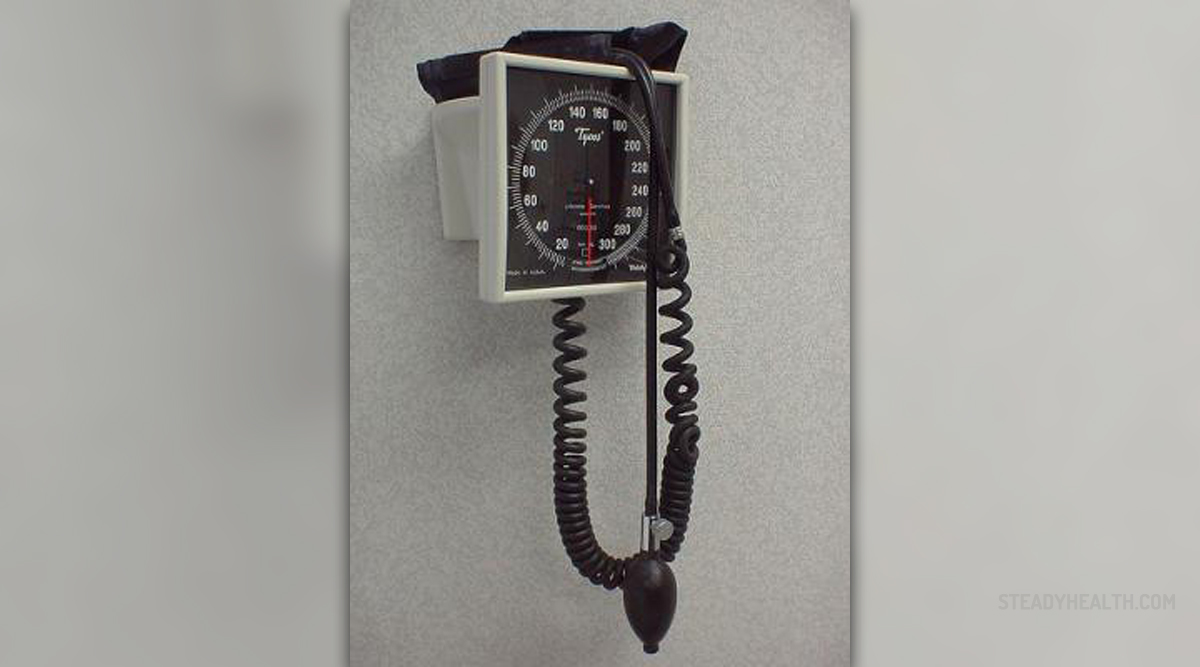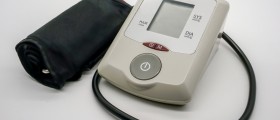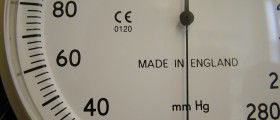
Blood pressure is considered to be one of four vital body signs apart from body temperature, pulse or heart rate and respiratory rate.
The heart, blood vessels and blood are what the cardiovascular system is made of. The main function of the heart is to pump the blood rich in oxygen and nutrients throughout the body through the blood vessels, and the blood pressure represents the force that the blood exerts on the walls of the blood vessels.
Measuring of blood pressure
Sphygmomanometer is a piece of equipment that is used for the measuring of blood pressure. It contains an inflatable cuff that has to be tied on the upper arm when one wants to measure the blood pressure and the inflated cuff is attached to a mercury manometer. Today, electronic meters are used more for measuring of the blood pressure. The unit that is used for the blood pressure is mm Hg, which is the pressure scale for a mercury manometer.
Sphygmomanometer shows two numbers. The upper number stands for the systolic blood pressure, while the lower number indicates the diastolic blood pressure. The systolic blood pressure is the pressure that the blood exerts on the walls of the blood vessels when the heart pumps the blood. On the other side, the diastolic blood pressure indicates the blood pressure when the heart is relaxed.
Normal blood pressure
What is considered normal blood pressure is a rather disputable question, since it can vary from person to person and it is not the same in adults and children. However, it is considered that the ideal blood pressure is 120/80 mm Hg. Since the blood pressure depends on many factors (if the person is resting or doing some strenuous activities; the time of the day; if the person is an adult or a child), it is considered that the normal systolic blood pressure is between 90 and 119 mmHg, while its corresponding diastolic blood pressure is between 60 and 79 mm Hg.
Hypertension and hypotension
There are many factors that influence the blood pressure and thus lead to the blood pressure disorders, such as hypertension and hypotension.
Pre-hypertension is a condition when one has the systolic blood pressure from 120 to 139 mm Hg, while the corresponding diastolic blood pressure is from 80 to 89 mm Hg.Hypertension or high blood pressure is considered to be above 140/90 mm Hg.Hypotension or low blood pressure is a condition when one has the blood pressure lower than 90/60 mm Hg.
















Your thoughts on this
Loading...